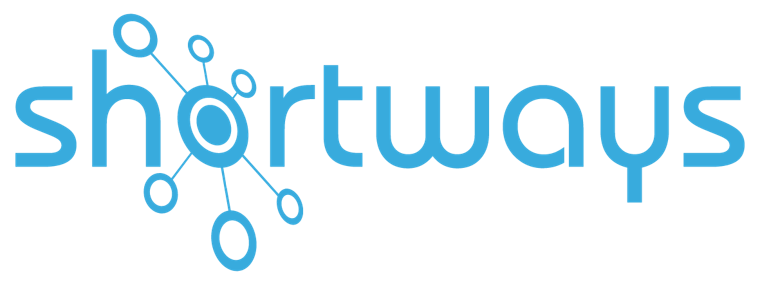1. Theoretical training disconnected from real usage
2. Immediate pressure to be productive
3. Training formats unsuited to user profiles
4. A dispersed organisation that is hard to synchronise
5. Underestimating application complexity
Conclusion
The difficulty of onboarding new users is not due to a lack of goodwill, but to a set of deeply embedded organisational barriers. From time constraints to unsuitable formats, geographic gaps to tool complexity, the conditions for effective learning are rarely fully in place.
To ensure adoption, this stage must be rethought as a strategic process tailored to real-world conditions and users’ concrete needs.
👉 To go further on this topic, discover 6 secrets to making your new employees operational from day one
Recognise yourself in these situations? Don’t worry, we’ve developed a solution to help 👇
The Shortways solution:
Shortways Assistant is a digital adoption platform that integrates with your business tools (HRIS, ERP, CRM, etc.) and trains your users contextually and in a personalised way according to their role, language and the screen they are on.
How? Shortways Assistant displays step-by-step guides, notification bubbles and contextual FAQs directly within the screens of your business applications.
🔎 It digitises your user manual by breaking it down into micro-modules, available exactly where needed in your tool.
🔎 The result? Your employees become more efficient and better trained on their digital applications.





